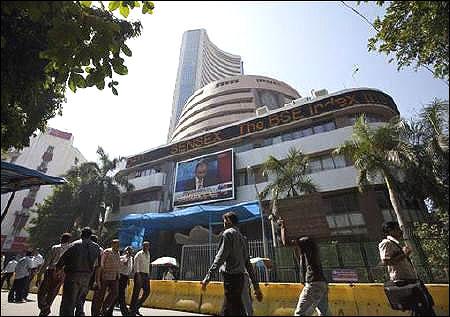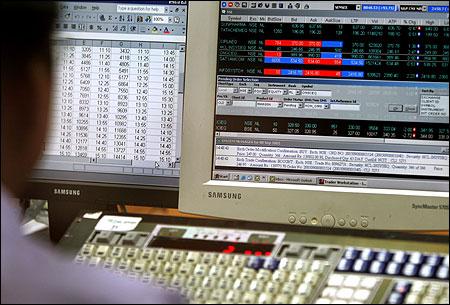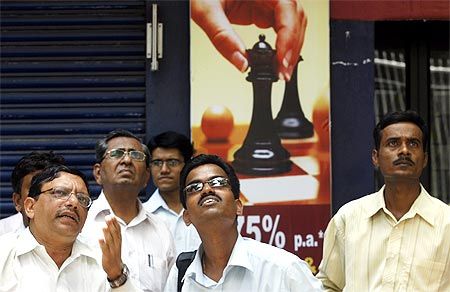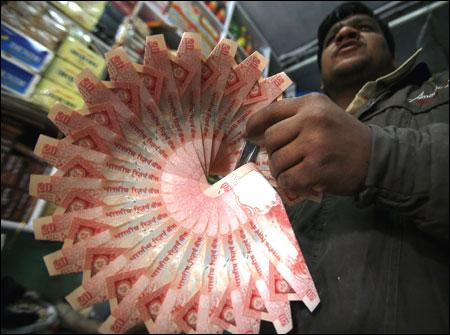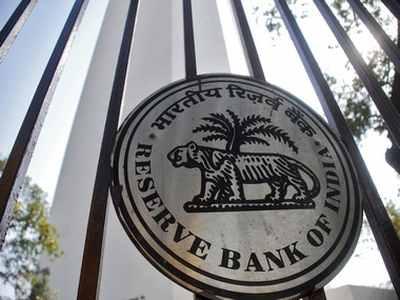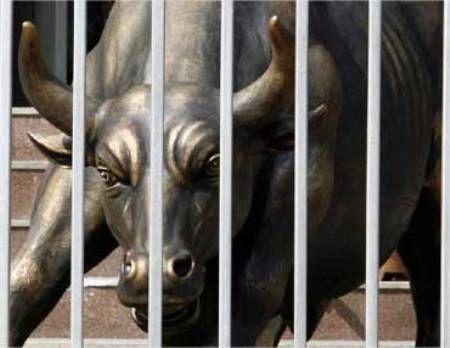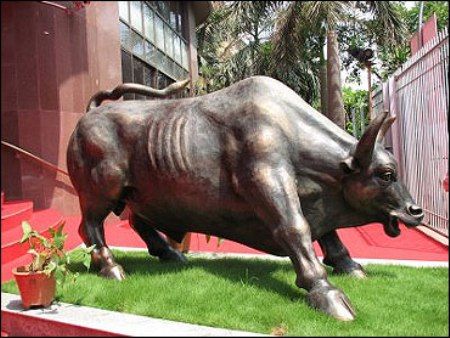 | « Back to article | Print this article |
Three big worries for Indian stock investors
Even as financial markets seem to be treading water at the moment, there are at least three issues that are of immediate concern for any investor in Indian equities.
The first issue concerns the implications of the new general anti-avoidance rules (GAAR) for foreign institutional investors (FIIs) and how these investors view India and trade from April 1 onwards.
There is still tremendous confusion over these tax provisions, and no one is willing to clarify them.
Some brokers with a Mauritius entity are stopping all participatory-note (P-note) transactions, so as to not increase potential tax exposure.
Other brokers (those having a Singapore-based structure) seem willing to write P-notes but are unclear whether tax should be deducted at source at 15 per cent or not.
Click NEXT to read more...
Three big worries for Indian stock investors
Brokers without a strong on-the-ground presence in Mauritius are worried about not being able to prove residence and hence attracting tax.
Counterparties with a strong on-the-ground presence in either Singapore or Mauritius (depending on where they are issuing the P-notes from) are not worried about proving their residence; they are worried about the income tax authorities "looking through" the P-note issuer and testing the tax residence of the actual end-user of the instrument (the end investor).
Funds that have their own FII licence are also confused. Most of them do not know if they will be able to prove tax residence, and thus have no idea how to transact business from April 1 onwards.
Click NEXT to read more...
Three big worries for Indian stock investors
Most of these funds have investors coming in and out of the funds on a regular basis; and how, then, do you now calculate the net asset value (NAV)? Do you reserve cash for potential tax liabilities when you are paying out redeeming investors?
Will investors accept this? Are your fund administrators (who calculate the NAV) geared up to be able to track and calculate the tax implications of all transactions post-April 1?
Since the tax implications of any transactions done today will only be apparent in 2014-15, how do you account for that uncertainty?
Investors in these funds will also need time to reconcile the possibility of now paying a 15 per cent tax on short-term gains. This obviously reduces the expected return profile for Indian equities.
Click NEXT to read more...
Three big worries for Indian stock investors
The murk is even greater for positions in futures and options (F&s), in which there is the additional complication of calculating business income versus capital gains.
If many of the global players in F&Os withdrew, what would that do for liquidity in this market?
If most of the exchange-traded funds go through Mauritius structures, will the complications mentioned above shut down this instrument as a means of accessing India for global macro and retail investors?
Until we get greater clarity on all these issues, most funds and investors will, to my mind, just freeze and wait.
Three big worries for Indian stock investors
Just to be clear, I don't think anyone can question the Indian government's right to impose tax on entities abusing tax-avoidance structures, but the market and investors will need time to figure out how to operate in this new environment.
I would be surprised to see large and continued FII inflows in a climate of such uncertainty.
And without strong and continued FII inflows, it seems difficult to see how the market can make significant upward progress.
Three big worries for Indian stock investors
The second issue concerns the direction and pace of interest rate cuts and monetary policy easing.
Many market observers had pencilled in 150 basis points of interest rate cuts by the Reserve Bank of India in the calendar year 2012, and a full pass-through of these cuts by the banking system, and thus were quite bullish on both the market and the general economic outlook.
However, this may no longer be possible. Many of the more astute economic commentators now think that rate cuts will not be more than 50 to 75 basis points - and even these will not be fully passed on by the banking system to borrowers.
Three big worries for Indian stock investors
As this thesis, that the monetary easing cycle may be more limited, becomes conventional wisdom, markets may be closer to the downside.
If borrowing costs and liquidity do not improve significantly, many of the stressed sectors and companies will remain in trouble and economic growth may not get the push that the bulls are expecting.
The government bond yields have already risen to 8.6 per cent, showing the stress in the system.
Click NEXT to read more...
Three big worries for Indian stock investors
The third issue pertains to the rupee. Forward premiums on the rupee have expanded, and the currency seems to be weakening.
Since the beginning of the year, globally, we have been in a risk-on environment and India has received over $14 billion in financial flows. This quarter is also seasonally the best from a current-account-deficit perspective.
Yet, despite the flows, the rupee-dollar exchange rate has once again weakened, to near 51. If we go back to a risk-off environment, or the perception builds that the rupee is vulnerable, the currency could weaken further.
Click NEXT to read more...
Three big worries for Indian stock investors
In a weakening rupee environment, investors and companies both take a hit. With a current account deficit of 3.8 per cent, India stands out and we need to bring this under control.
These are three clear risks to the current market complacency. It is always possible that we will continue to remain in a risk-on mode and FII flows will continue to remain robust; however, given global oil prices, the current international opinion on the country, and valuations, this seems like a low probability.
Click NEXT to read more...
Three big worries for Indian stock investors
The market will most likely remain in a range with the upside capped by some of the issues mentioned above and the downside floor provided by investors like us, who still believe in the country's long-term future.
We are, hopefully, transitioning to a stock-picking, bottoms-up environment, where the macroeconomic outlook is mediocre and discounted and no one expects much improvement - but investors are willing to buy specific companies and their growth stories.
Before 2006, India was always considered a bottoms-up market, with limited concern and excitement on the macroeconomic front. We are now going back to that mode.
The author is fund manager and CEO of Amansa Capital.
